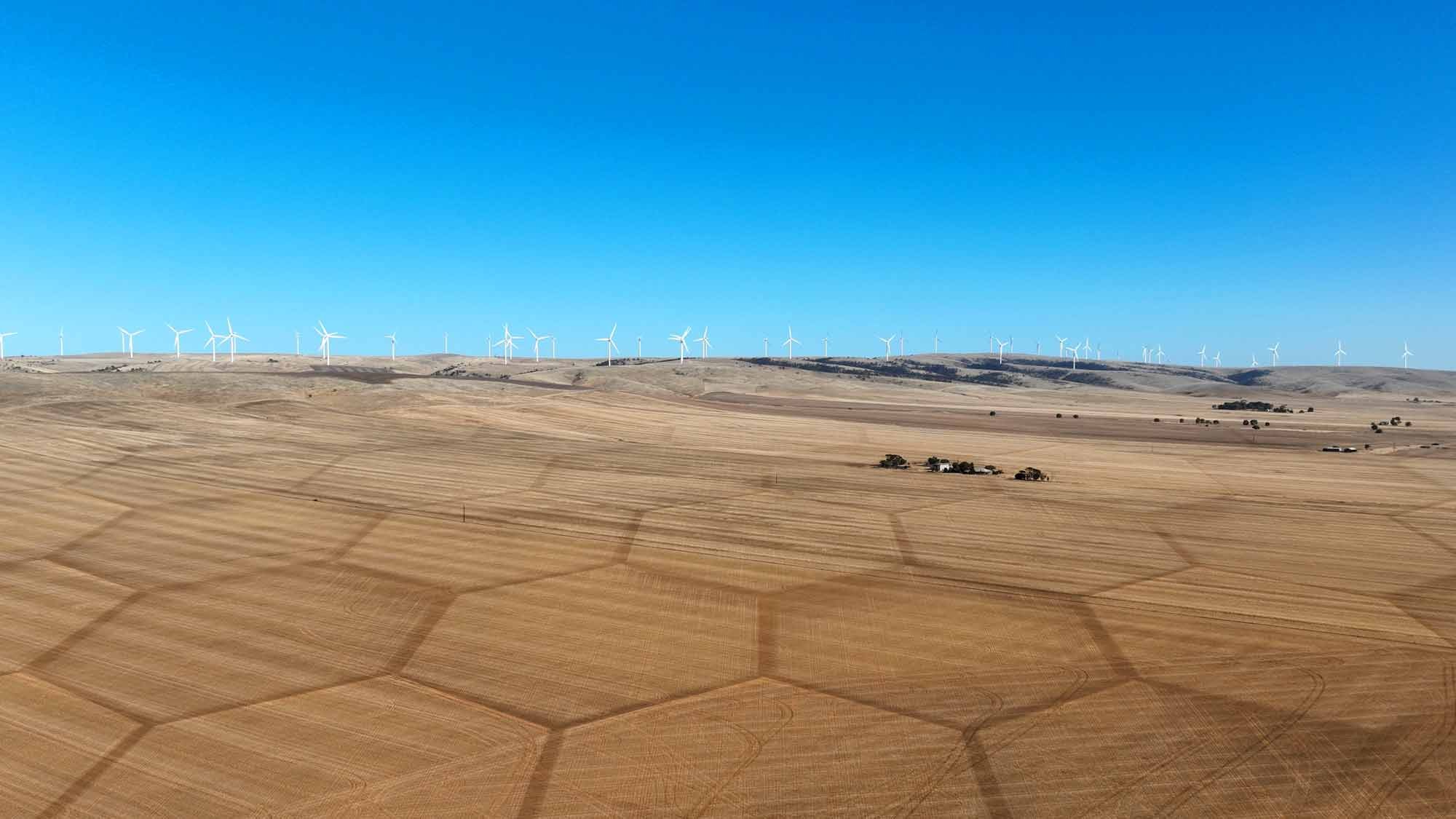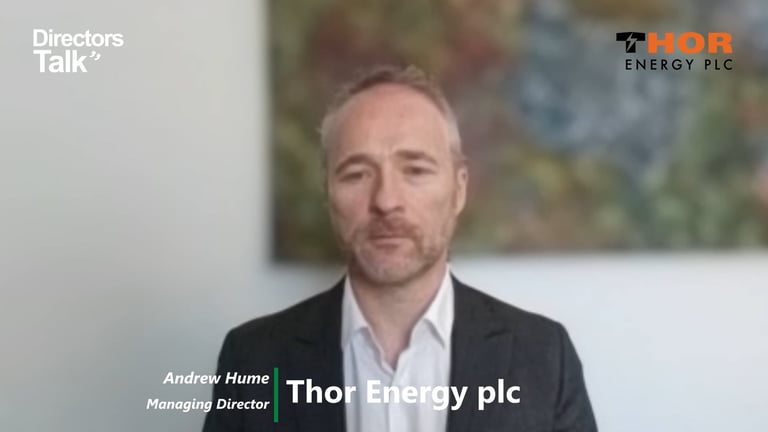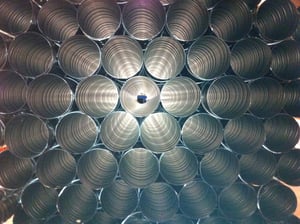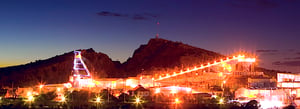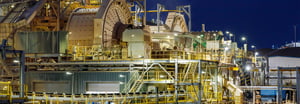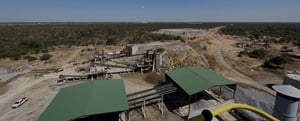Thor Energy Plc (LON:THR) Managing Director Andrew Hulme caught up with DirectorsTalk for an exclusive interview to discuss strategy, natural hydrogen versus green hydrogen, findings from the HY-Range RSEL 802 licence analysis, and what investors can look forward to from the group.
Q1: Andrew, it’s been a productive period since you joined the company earlier this year. Could you just give us a quick snapshot of what’s happened and how that fits with Thor Energy’s strategy?
A1: Well, I joined the company earlier this year. The strategy goes back, proceeding back to last year, where the company has been in the process of transforming from a mineral exploration focused portfolio more towards the natural hydrogen and helium space.
So, what we’ve done this year since I’ve been on board is we’ve concluded the deal to buy 80.2% of a company called Go Exploration based in Australia, which gives us exposure to a very large natural hydrogen portfolio in South Australia. That was concluded on February 17th. More recently, on the 28th of March, we were successful in converting the licence from a petroleum exploration licence into an RSEL licence, which gives us all of the legal authority to explore for hydrogen and helium in the space. Just today, we’ve had an independent resource analysis done, which gives us prospective resources for our main permit, which is RSEL 802 licence, which we call the HY-Range project. The numbers from that are really quite impressive, quite compelling.
It gives us the drive to move forward with our exploration programme over the course of the coming months and the next year.
Q2: Can you give us a brief overview of natural hydrogen versus green hydrogen, and why Thor’s pivoted? Why do we need to be aware of this rapidly growing sector?
A2: I think over the last few years, there’s been a lot of buzz about the whole hydrogen economy and the growth potential and what it could potentially do for society and the world and the climate, and rightly so. I think underpinning that has been a lot of talk about green hydrogen. Green hydrogen definitely has its place but of late, of course, we’ve seen a lot of the inertia and a lot of the volume that’s been put into green hydrogen start to deflate a little bit as some of the realities of the technical situation, of the supply chain situation and probably the commercial realities start to hit home.
So, what we look at is natural hydrogen. Some people call it white hydrogen, others call it gold hydrogen, we prefer natural hydrogen because that’s what it is. It’s hydrogen that the earth is naturally producing that has been for billions of years and will continue to do so in the future. So, it represents really the true cleanest form of hydrogen, potentially the real cleanest form of energy that you could attain. So, that’s what we focus on.
It’s produced in the earth, in the geology, by the ground and so there’s various places around the planet where the prospectivity is more advantageous. The industry as a whole has been working on this for a while, the USA and Europe are probably the leading areas in the exploration. We consider Australia as the next focus point, and particularly South Australia is where the group believes that the greatest potential lies. So, natural hydrogen and green hydrogen are somewhat different things.
Something I should mention at this time is not just hydrogen, but also the reality of when we go exploring for natural hydrogen means that we can also at the same time explore for helium, which is another, whilst not an energetic gas, is a highly sourced material for industry and other applications. It’s very scarce and at the moment Australia actually doesn’t have any large-scale production so it’s an exciting opportunity to look for natural hydrogen and helium at the same time.
Q3: Just going back to today’s news then. You’ve announced unrisked prospective resources for your HY-Range RSEL 802 licence. What were the findings and what are the implications for Thor Energy?
A3: Really good, we were very happy with the results. The analysis itself is done by an independent company, RISC Advisory, a highly regarded international organisation that’s really specialised in understanding how you put together resource numbers for oil and gas and then laterally into the hydrogen space and helium space as well.
They’ve just released their findings, we got them just a couple of days ago over the weekend, and it actually shows that on our licence, we have 2U unrisked prospective resource numbers in excess of a TCF of hydrogen, which is quite a large number, quite comparable to what we would expect for this area. So, that was good results. Thor own 80.2% of Go Exploration so our equity gives us a number of about 842 BCF for hydrogen and crucially also gives us about 90 BCF for helium, which is a really enormous volume for the area.
What this has done is it gives us really the momentum where we realise there is that real potential that we’ve always envisaged on the licence to take it forward and start to initiate a work programme to better elucidate and figure out where the right places on the licence are to ultimately drill.
So, we’re starting that off with some geochemistry over the next couple of months, starting in May, to go right across this main licence, understand what the geological distribution of natural hydrogen and helium might be. Also to specifically focus on some leads and some other targets and some geological interesting areas that we think could be very attractive. From there later in the year, we’re most likely going to do some more geochemistry and perhaps some geophysical analysis before ultimately planning to drill exploration wells, potentially at the end of this year or into 2026.
So, it’s a very exciting time and these numbers really give us the confidence to move forward.
Q4: For investors or potential investors, what should they be aware of?
A4: I think at many levels; investors should be aware that the natural hydrogen industry is at its earliest stages. It’s a very nascent industry, but it’s got huge potential, and I think that potential, as I mentioned earlier, is largely being explored in the USA and Europe. It’s starting to become more important and salient activity in Australia. So, there’s a lot of potential to be aware of this industry because it could grow significantly as time moves forward.
I think that from our portfolio, we’ve obviously realised that there is huge geologic potential to produce natural hydrogen and helium. There’s also a really good story about our proximity to the city of Adelaide, and the natural gas and electricity infrastructure and future potential export hydrogen infrastructure that’s already in existence or has plans for development in South Australia. It means that if we get to the point of drilling wells and making discovery, our barriers to commerciality are really relatively low and that means that our chances of production are consequently very high. So, we think that we’re in a very good location, not only from a geological perspective, but also from a market size. So, that commerciality is an important area.
We’ve got commerciality for the hydrogen, as I said, but there’s also commerciality for helium, which is a very sought after material globally, but especially in Australia at the moment and obviously, we can potentially fulfil that market.
A third element of these licences actually is that they come with a gas storage component as well. So, we actually have the ability to perhaps on a temporary basis store hydrogen, natural gas, or even for long term carbon sequestration, which adds another potential angle for these licences.
Support is also a very important thing for a burgeoning industry like this and both the federal government in Australia and particularly the state government in South Australia have put in place some really good legislation, regulations, and the strategic direction, if you like, to help our industry.
So, I think that we have a lot of the pieces of the puzzle ready to be slotted into place and that leaves Thor Energy in a very good place to move forward.

